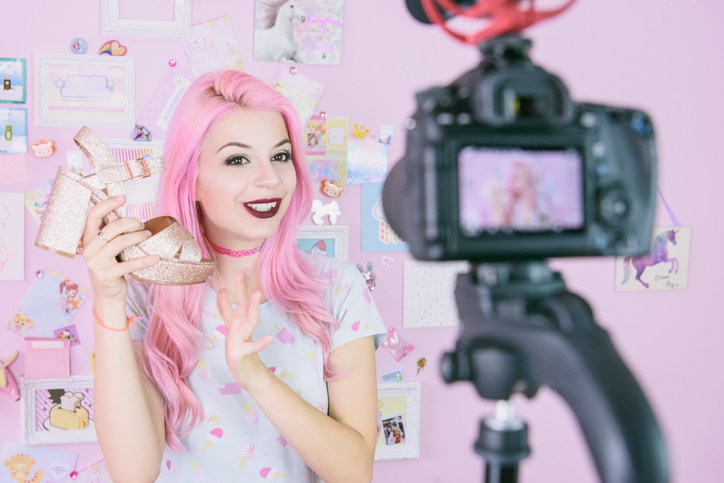Influencer marketing is trending, but is it worth it?
It’s a phrase as old as time: word of mouth is the best marketing. For many years, brands have been using spokespersons to spread the word about their products, and to associate themselves with a “cool” and “worthy” person, group, and segment. But, like all marketing, techniques and tactics need to roll with the changing times.
Traditional spokespersons are not going completely out of style, but their use is evolving. Today, brands are using digital “influencers” – people that are self-made Internet stars, either through Instagram or YouTube – to reach new audiences in a less intrusive way.
The number of social media users is staggering, and even more staggering is how many followers an average Joe or Jane can rack up with persistence and consistency. A good social media account can see thousands of followers, while a great social media account can see millions of followers. So, how does this translate to brand marketing?
A few ways that brands are collaborating with powerhouse influencers include:
- Invite an influencer to help create and promote a new line of products
- Create campaigns around how influencers are already using a product to make it easier for fans to find and replicate something they already love
- Give an influencer “backstage” access to a photoshoot, design session, brainstorming session – whichever makes the most sense for their brand and yours
- Cross-promote their channel and your own channel by adding them to one of your programs, and by offering one of your experts to be a guest on their channel
- Provide substantial giveaway items for the influencer to use for contests
- Give them advanced access to new products to test and promote to their audience ahead of its release
But, just like with traditional spokespersons, the Federal Trade Commission (FTC) wants to make sure things are done on the up and up and recently updated their endorsement guidelines to include policies for influencer marketing. Here’s what you need to know if you’re considering using an influencer as part of your marketing strategy:
- You’re going to have to be as transparent as possible when using influencers, and they will have to use two distinct hashtags to identify their sponsored content: #ad and #sponsored.
- Consistency is still forthcoming, since each social platform is different and is handling sponsored content differently. Don’t think that a social platform’s guidelines equal compliance – compare those with the FTC’s and make sure your influencer campaigns aren’t breaking the rules.
- Samples are not excluded from FTC guidelines. Even if an influencer is given a free sample, they are going to have to label that content as advertising to be compliant with the FTC.
- Celebrities are not considered influencers. Since it is implied that a celebrity endorsement is advertising, they won’t have to label their sponsored posts. Influencers are a completely new category. The difference between “celebrity” and “influencer” is still a bit loose, but expect that to be cleared up as the FTC continues to define and police influencer marketing.
